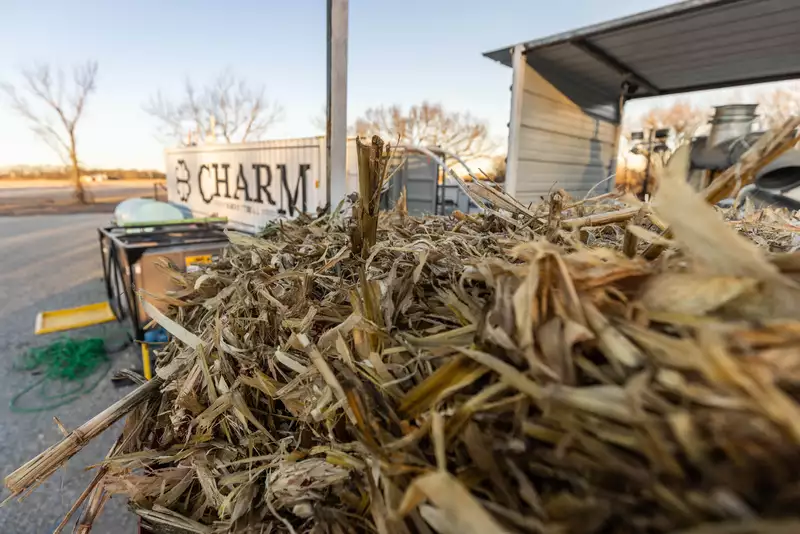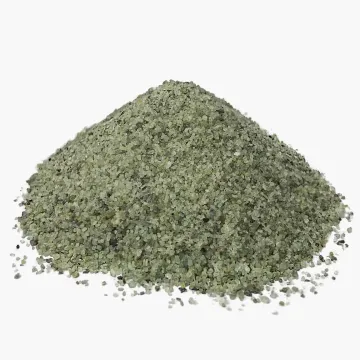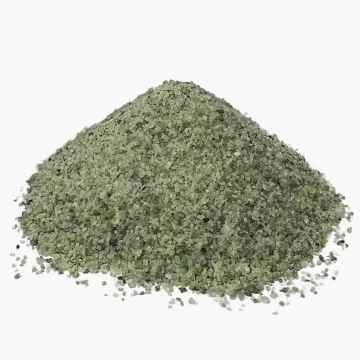Charm Industrial is a young company with an innovative negative emissions technology that uses waste biomass to produce bio-oil, which is then injected deep underground into rock formations for permanent storage. Charm's approach offers a promising solution to mitigate the impact of the fossil fuels we've burned by replacing them with stored bio-oil.

Negative Emissions
The process of producing bio-oil involves fast pyrolysis, in which waste biomass is heated to around 500°C in a few seconds without any oxygen. The resulting bio-oil is similar to crude oil in terms of its liquid form, but it has a lower energy content due to its high oxygen content. While bio-oil is not an efficient fuel, it is ideal for geological storage because of its high carbon content and its propensity to solidify over time.
Life cycle analysis
The life cycle analysis of Charm's negative emissions technology shows that for every ton of bio-oil produced, approximately 0.04 tons of CO₂e are emitted during production, 0.05 tons of CO₂e are emitted during transport, and 0.004 tons of CO₂e are emitted during injection. However, a ton of bio-oil sequesters around 1.53 tons of CO₂e, resulting in a net sequestration of 1.44 tons of CO₂e across the lifecycle of bio-oil.
Impact
Charm has an extremely clever approach with the potential to fix a great part of the harm done by replenishing the empty crude oil wells with bio-oil. Compared to other methods, the permanence of CO₂ removal with bio-oil is extremely promising as it is highly likely that the bio-oil will stay underground for milllions of years like crude oil did until humanity took it out.
There are a few environmental impacts that need to be considered, which are particulate and NOx emissions, increased road traffic and the potential for seismic activity. Particulate and NOx emissions and road traffic can be minimised by injecting the bio-oil on the same site where the biomass is processed. If the biomass has to be transported a long way for bio-oil conversion and then the bio-oil needs to be transported a long way to the injection well, this will increase particulate and NOx emissions, and road traffic.
Seismic activity is believed to be increased by lubricating the interfaces between rock layers in the injection wells - this needs further research.
To learn more about Charm Industrial and their mission, please visit their website at www.charmindustrial.com.
If you’re interested in supporting carbon removal projects like bio-oil, please start a subscription today and turn your emissions into bio-oil stored underground.



